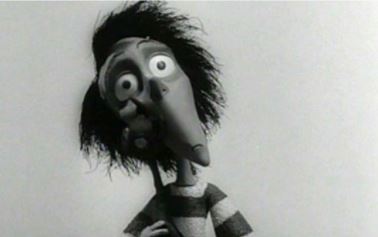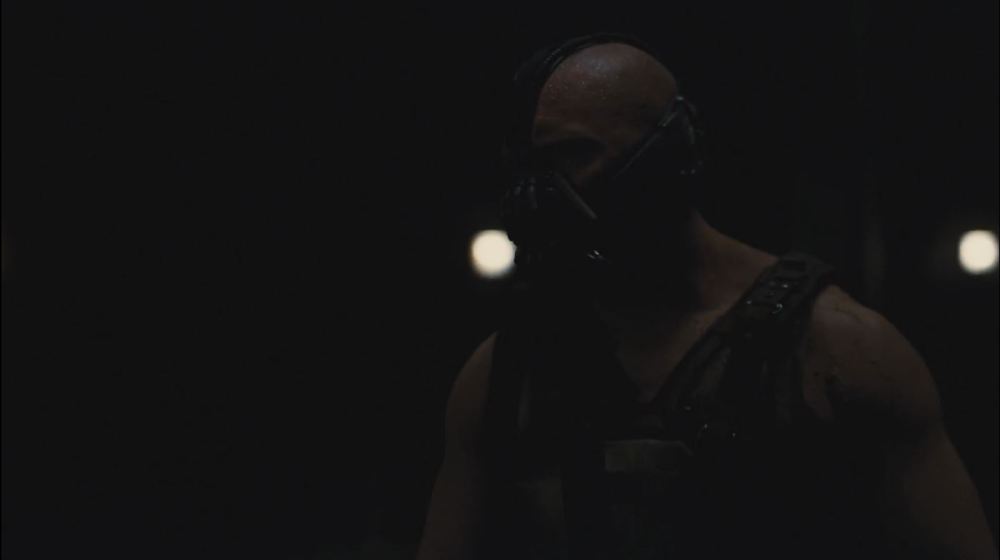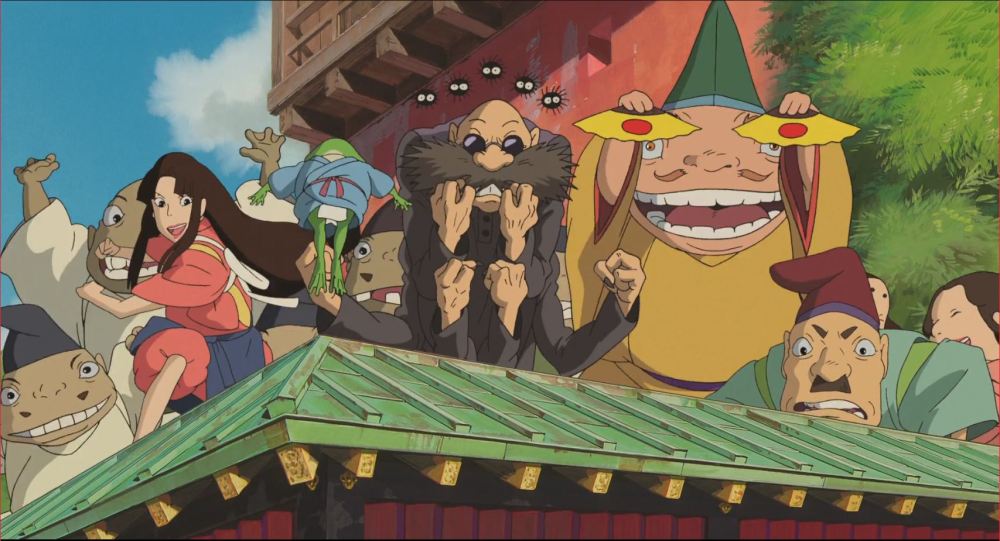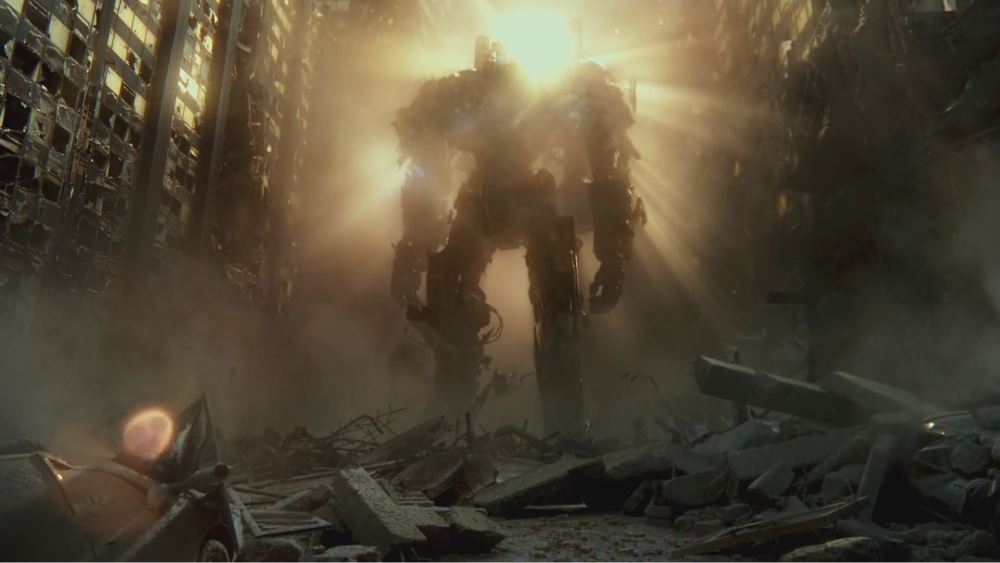Introduction
Lighting and angles are some of the most critical components in cinematography, and it’s one of the few areas of filmmaking that requires complex setups to create an impact on the viewers. From simple to complicated lighting setups comes many variations of techniques and the use of tools. The change in lighting or angle can alter the mood of the scene and the overall impact of the image.
Techniques
There are many techniques of lighting but to mention a few, it includes; key lighting and angled lighting. Elements of key lighting are low key and high key where one is dimly lit and the other flooded with brightness. The brightness creates an open-looking scene and gives the feeling of happiness and peace, whereas the dark scene builds suspense. Side lighting creates tension and often makes the subject appear mysterious or dangerous.
Lighting in Vincent

We can see an example of side lighting technique in the short film Vincent. The film is about Vincent’s dream of being like the actor Vincent Price and losing himself in his gory daydreams. In this scene shown above, Tim Burton uses side lighting in the early scenes to foreshadow the events of his dark imagination and impersonation of Vincent Price. We see this effect in the first scene of the short when a black cat hopped through the window and onto his arms. When Burton uses side lighting, it makes Vincent appear mysterious and mentally conflicted especially when he’s holding a black cat against the dark side of his face. By using the side lighting technique, Burton creates tension in the scene that suggests to his viewers the imminent demise of Vincent’s sanity.
Lighting in The Dark Knight Rises

In this scene from the film The Dark Knight Rises, we can see an example of low key lighting. Here, Nolan uses low key light to create suspense with dramatic tones. We see this lighting technique in the scene when Batman uses the darkness to fight Bane but fails to do so. Low key lighting doesn’t necessarily have to be scary, but it helps minimise distractions by isolating the subject, in this case, Bane and helps to guide the audience’s eyes where the director wants them to be.
Lighting in Spirited Away

In contrast, this scene from Spirited Away uses high key lighting. We see this towards the end of the film when Chihiro passes Yubaba’s test followed by a celebration from her peers and co-workers. Miyazaki uses the technique to create a feeling of happiness and joy. This creates an impact on the audience as they feel the relief and excitement of the main character.
Angle in Pacific Rim

Focusing more on angles, here we can see the use of a low angle shot. In this scene from Pacific Rim, Toro uses this technique to show the magnitude of a Jaeger. The purpose of this shot can be seen when Raleigh and Mako experiences a flashback during their neural handshake procedure. Low angle shot is used to look up at the subject, in this case, a Jaeger and makes it look colossal, strong, and powerful. With the addition of backlighting, the Jaeger is made to look heroic in the eyes of young Mako which is then translated into the feelings felt by our character and the viewers.
Conclusion
Overall, it can be said that lighting and camera angles are crucial elements in cinematography to convey and alter the audiences feelings whether the director is trying to make the viewers feel what the characters feel or just sympathy towards them.